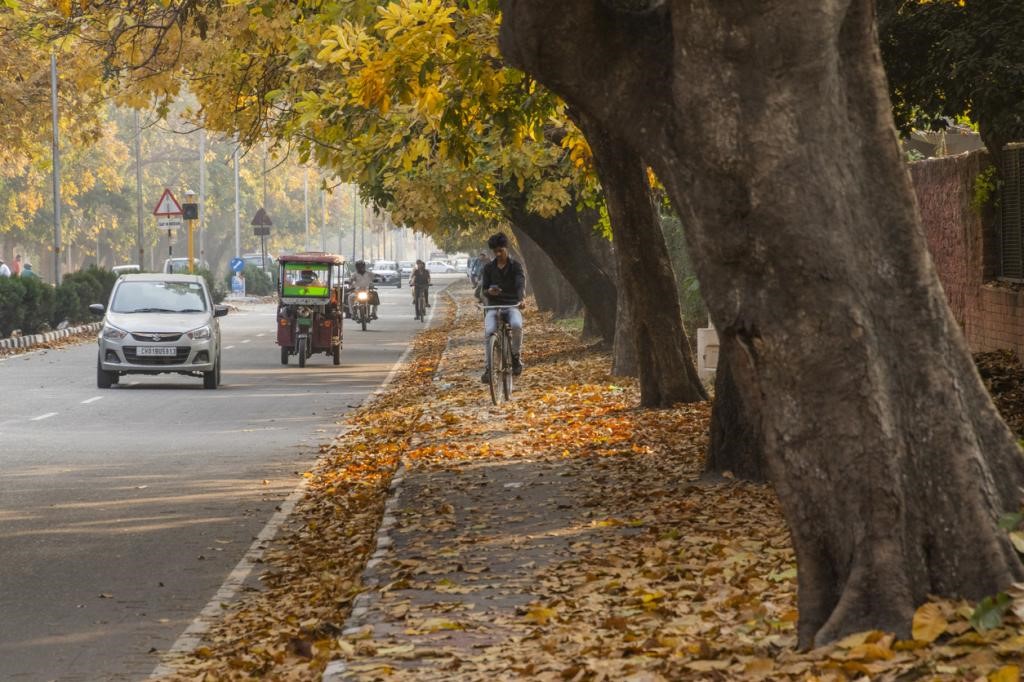Free Courses Sale ends Soon, Get It Now


Free Courses Sale ends Soon, Get It Now



Disclaimer: Copyright infringement not intended.
Details
About
Transit Oriented Development (TOD)
Planning of TOD
Why TOD is needed?
India's TOD and Policy Initiatives: It is supported by three pillars:
Enable Transformation (From Private to Public Transportation):
Accessible Public Transportation (Promote Green Mobility):
Compact Walkable Communities:
TOD Policy Objectives:
PRACTICE QUESTION
© 2024 iasgyan. All right reserved